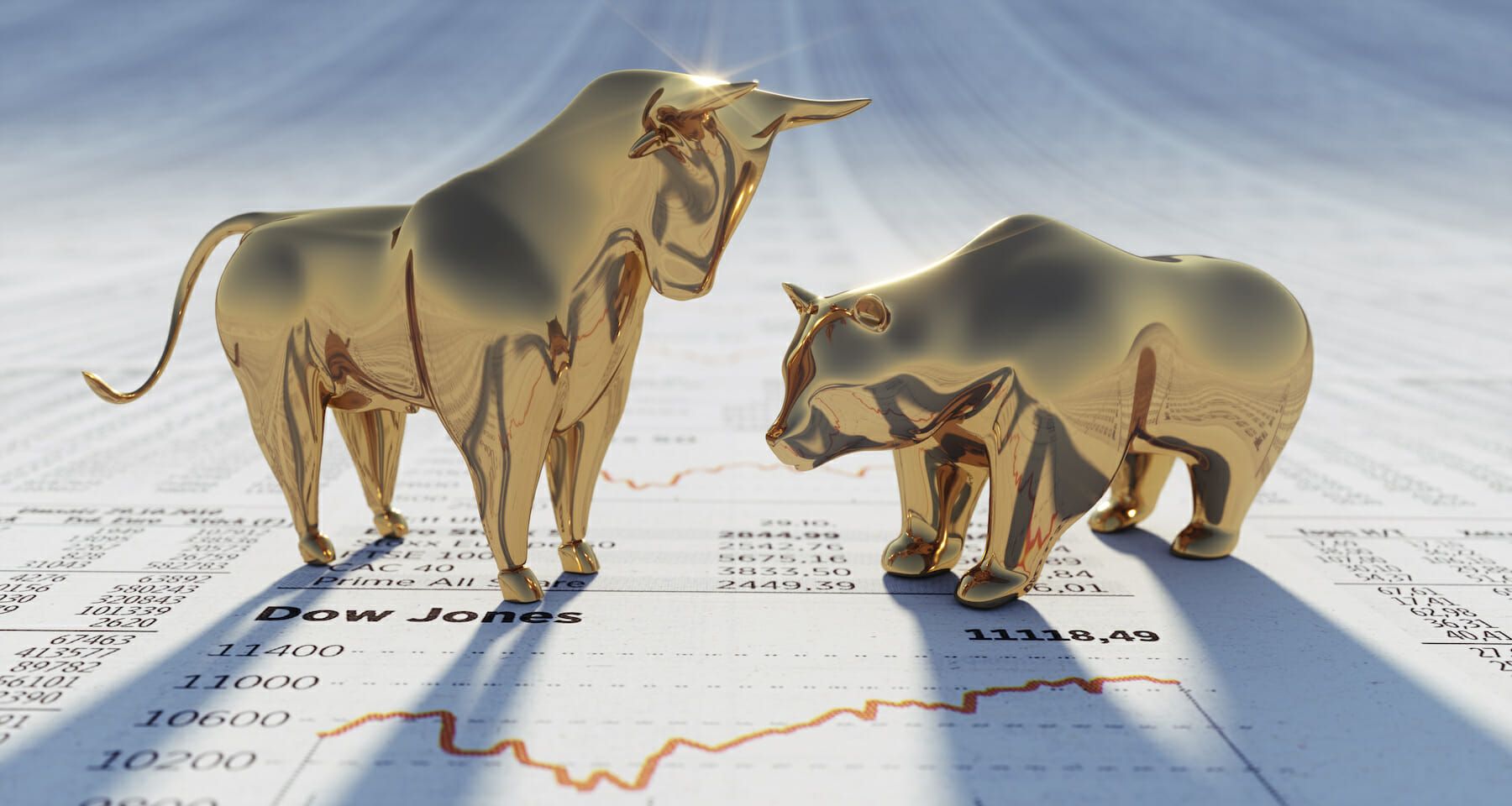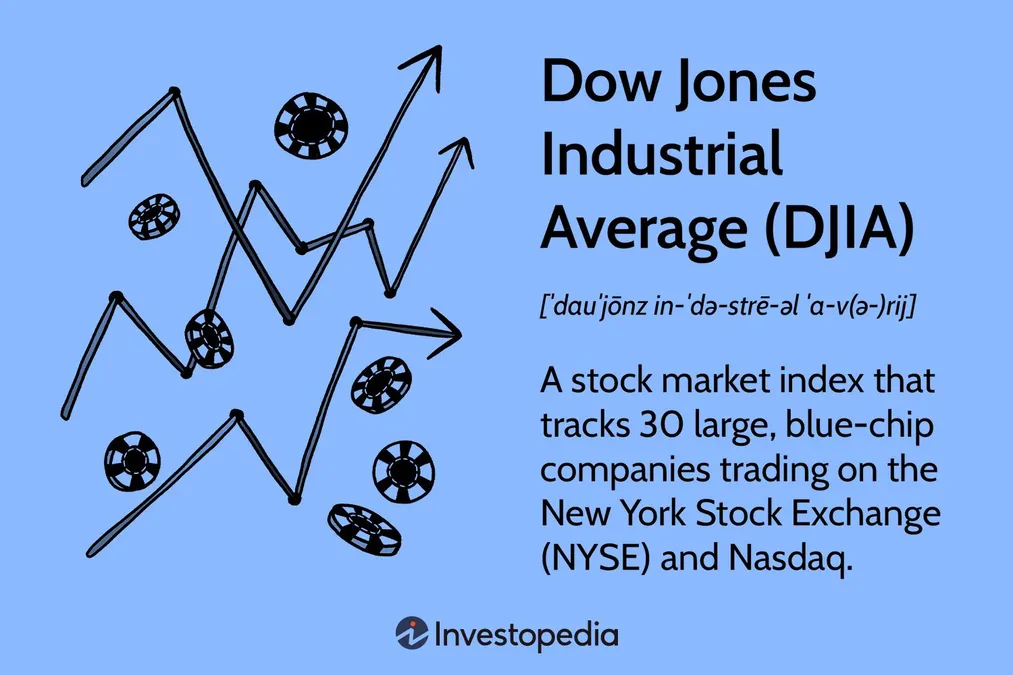Introduction: Exploring the Establishment of DJIA
The Dow Jones Industrial Average (DJIA) nicknamed ‘the Dow’ arguably remains among the most representative indicators of the performance of the US stock market. Often followed and monitored by investors, analysts, and economists across the world, the DJIA occupies a position of critical importance in global financial markets since it sets the tone and directs the flow of funds on investments. But what does this abbreviation stand for and why has the DJIA turned into such a major phenomenon? A brief historical analysis of its origins, research approach, and influence reveals what it is all about and why it still matters to this day.
A brief history of the formation and development process of the DJIA
Essentially, the DJIA can be dated back to the end of the 19th century when Charles Dow, the co-founder of Dow Jones & Company, needed a measure to review the performance of the stock market. It was in 1896 that attempting the science of ‘Gauging the Stock Market,’ Dow with his partner Edward Jones launched the first ever Dow Jones Industrial Average with only 12 stocks, primarily representing the industrial domain. The initial members of this association were large industries including General Electric, American Tobacco, United States Rubber Company, and many more.
In the decades, the DJIA faced a lot of changes as the economy of the United States has changed over the past years as well. For the record, the index was initially created over 80 years ago in 1926, and was composed of only 10 components, which grew to 30 in 1928 and has since remained at that level. The index originally was an industrial measure but over time it expanded its sample to encompass the technology, healthcare, financial, and consumer goods industries.
Understanding the DJIA’s Methodology
As for the core principle of calculating the DJIA, it refers to a rather simple method to reflect the general market trends. The DJIA deploys price-weights as opposed to market capitalization like in the case of a common Float-Adjusted Market Capitalization Index such as the S&P 500. This is slightly different from the preceding as it implies that those stocks that are priced higher will affect the movements of the index more.
The procedure of calculating DJIA is to add up the prices of 30 stocks that constitute the index and divide by a figure called the divisor which again is changed concerning the stock splits, dividends, or any other adjustment to the constituent stocks of the index. Despite the criticism of the simplification of the presence of easier manipulation of the index, DJIA is still a leading tool on market trends providing a glimpse of the investors’ sentiments and economic position.
The facts about DJIA, its importance, and the effects it has on the stock market cannot be overemphasized.

As for now, the DJIA has a great meaning in the financial markets as an indicator of investment returns, the development of operating trade plans, and the determination of the economic situation. It is known to serve as the barometer of the stock market owing to its longevity and popularity, and its behavior can create trends for trading sessions and affect traders’ perceptions.
In addition, this DJIA enjoys an international appeal, and fluctuation in regional markets is likely to be suffered on the back of movements in the DJIA. Fluctuations in the index can spread consequences to many other global stock markets affecting the monetary values of more assets, foreign exchange transactions, and in some cases geopolitics. Thus, consistently examining the DJIA’s fluctuations is important in this interdependent world of finance needed to unravel the intricacies of today’s investment environment.
Challenges and Criticisms
Nonetheless, the usage of the DJIA has not escaped criticism and has been the subject of intense analysis. That is why one of the main objections concerning the index is its relatively narrow focus: Currently, it only includes 30 large-cap stocks out of thousands of listings on U. This causes the effect to be biased by giving a representation that portrays misleading trends about the sectors that comprise the index.
Additionally, this price-weighted application of the DJIA has also received much criticism due to its perceived biases, where stocks with higher price tags are given higher weight especially when their market capitalization is pending when compared to another economy. Therefore, critics have lamented that the index interferes with the true value per share and the real performance statistics of the broader market hence causing potential misinterpretation of figures and furthering the wrong premise to invest.
Conclusion: The acceptance and continuation of the DJIA: Legacy and Legacy
Conclusion: As the world was shaken to its core in recent years I delved into embracing the DJIA’s legacy and the legacy it will leave behind depending on what will be the outcome of future happenings on the stock market.
In conclusion, the Dow Jones Industrial Average remains one of the most significant and reliable financial indices that symbolically encompasses the experience of the global markets, new ideas, and strengths for over a hundred years. Nevertheless, the given index has its drawbacks and pending issues; however, it will surely continue to serve as a reliable beacon of both stability and consistency in a world of constant fluctuations for investors who switch between bull and bear markets.
Dissecting DJIA’s composition, relevance, as well as drawbacks and advantages, is crucial to anyone aiming to grasp the endless nuances of the modern-day financial markets. Although it will not give detailed information regarding the whole stock market, it has created such a significant and lasting impact in today’s generation and more so in the generations to come that everyone will always have a glance at the DJIA.
